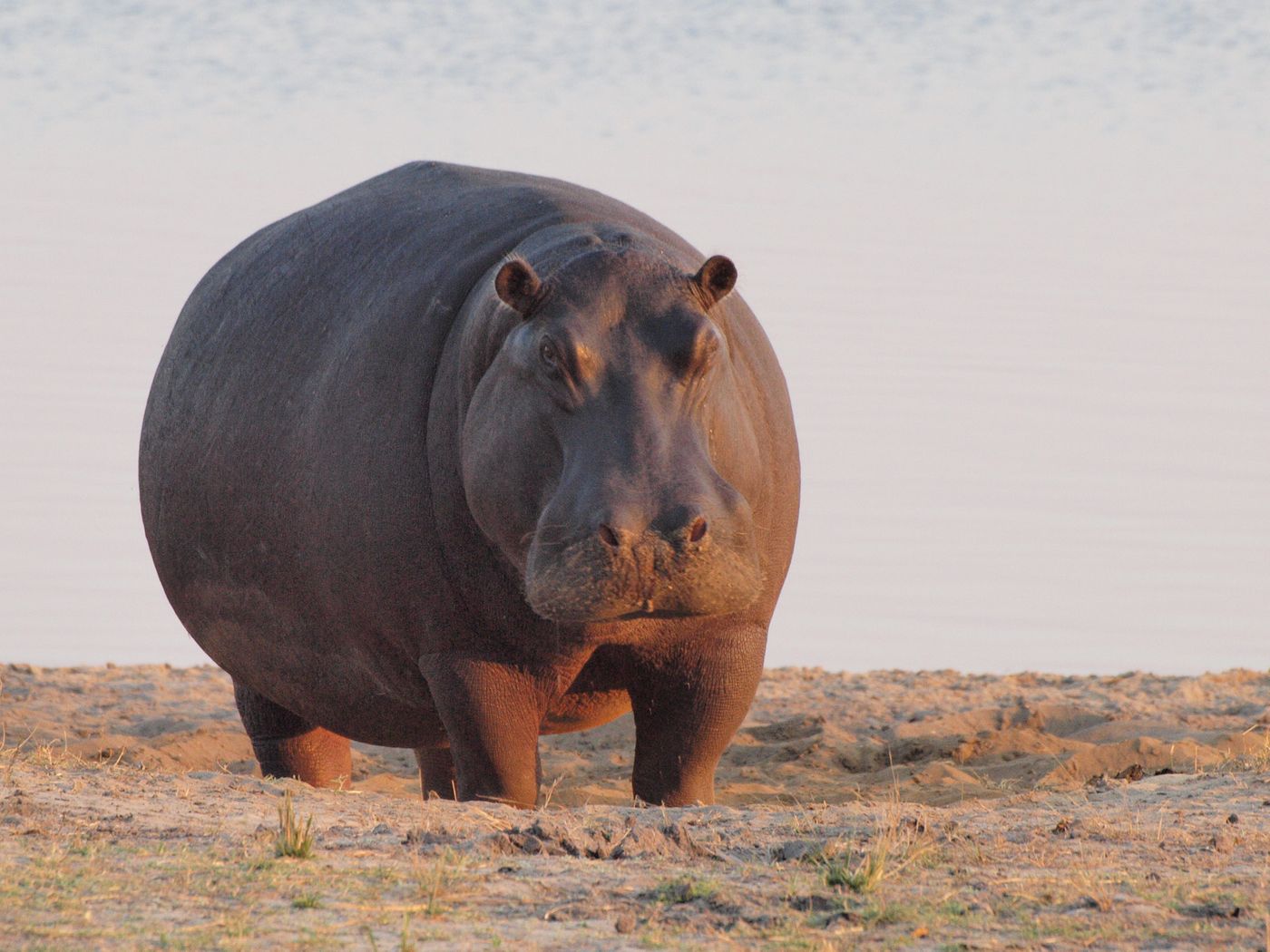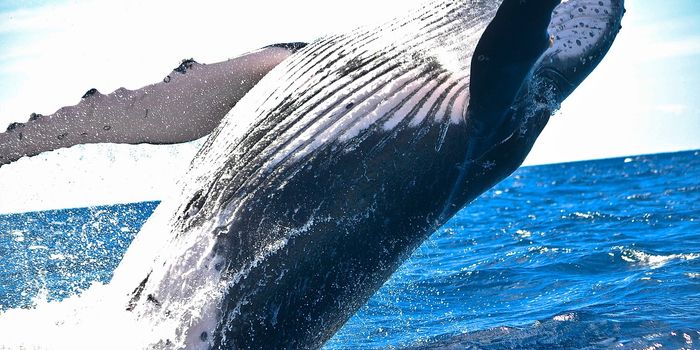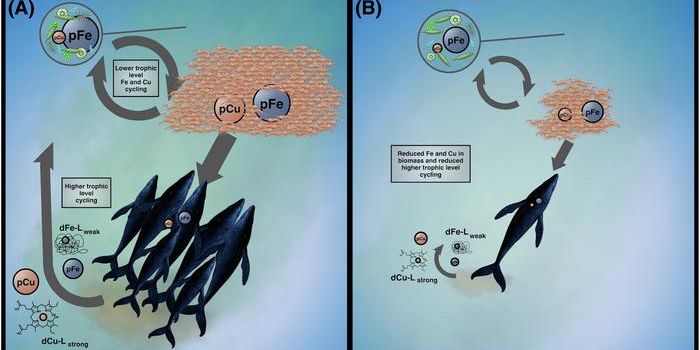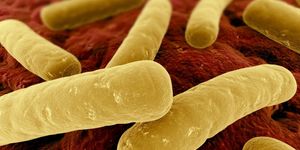A South African National Park is Killing Local Animals in Response to Drought
South Africa’s largest national wildlife park is having to make a tough decision that would leave animal-lovers cringing amid a substantial drought, which is affecting the food and water sources of not only the people in the region, but also for the wildlife inhabiting it.
A report from The Guardian notes that Kruger park rangers are expected to slaughter at least 350 hippos and buffaloes in the drought-affected region to reduce the amount of animals that are expected to starve to death as a result of the lack of resources. This decision is being called a "humane" way to deal with the problem.

Image Credit: Chobe National Park/Wikipedia
Unfortunately for the animals, it doesn’t look like this drought will be coming to an end any time soon, so this might be the only way to prevent long-term suffering for the animals. This is a drought that may continue down the line for weeks or even months to come and has been dubbed the worst drought to hit the area in over three decades.
“We do not call it a cull. We call it an offtake. It’s a management tool and we want to understand what impact it will have. Our aim is to have sustainable usage [of resources] and populations,” said South African National Park spokesperson Isaac Phaahla. “We don’t want the animals dying of hunger and rotting on the ground. We are trying to be humane in the way the animals die.”
Unfortunately, these creatures devour so much vegetation in the area, that there's not a whole lot left, and because there hasn't really been much rain, most of that vegetation is expected to die anyways, leaving them with nothing to munch on.
The current population figures for these species are at around 8,000 for hippos and 47,000 for buffaloes, which is reportedly an all-time high for both species and aren’t sustainable with the current supply of limited life-essential resources, so it comes down more to population control than conservation in the eyes of the national park.
The meat from the deceased animals won’t be wasted however. It will probably be used to feed those in the communities that are suffering from poverty and can’t afford to feed themselves amongst this food and water shortage.
As you can imagine, the food shortages have led to price gouging, and is making it increasingly difficult to feed the people who can’t afford to buy food at the adjusted prices.
Source: The Guardian, USA Today








